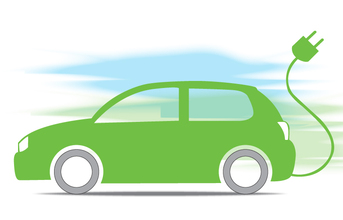
Autonomous Connected Vehicle
Automotive innovation can be categorised into three major areas
1. Space, Test and Satisfaction (STS)
Aesthetics, safety, space optimisation, customisation and overall
customer satisfaction as well as regulatory compliance leading
to new materials, styles, shapes, surface finishes, agronomics,
adaptability and performance are the key drivers for STS.
2. Power and Performance (PP)
Ever increasing demands and expectations leading not only to innovation in existing IC engines and transmissions but also to other alternative powering systems such as electric and fuel cell, along with regenerative braking, recovering power from waste gas and active power generation through ultra-light foldable solar cells are at the cutting edge of the PP domain.
3. Information, Connectivity and Control (ICC)
IT revolution through cloud computing, Big data, high speed real-time computation and wireless communication will make automotive part of an inter-connected system with fellow vehicle, which are all moving in their billions on the road; for example: vehicle to vehicle (V2V); active interaction with the owner (vehicle to customer-V2C) and also interaction with elements such as the road, the environment, and powering devices (vehicle to asset - V2A). This will render an infinite opportunity for regulatory authorities and Asset Planners to manage their assets from a safety, performance and efficiency perspective, whilst allowing the market researcher to provide valuable information about its occupant's behaviour,
personality and health.
All the above three segments have to coordinate to deliver the integrated target, as PP is highly dependent on ICC, and both are ultimately responsible if STS is to have an edge over other OEMs; this space is highly competitive and innovation will always have a leading role to play when it comes to excellence and growth.
Smart material-led innovation and a Multi-Material Model
(M3) with optimised performance provide the key to delivering
STS. Recent trends have seen increasing use of Ultra High Strength Steel (UHSS), Aluminium & its alloys, Polymer
Matrix Composites (PMC) and carbon-based composites which can reduce the vehicle weight by up to 45 percent and thus improve engine efficiency by 10 percent.
(Continued on the next page)


























